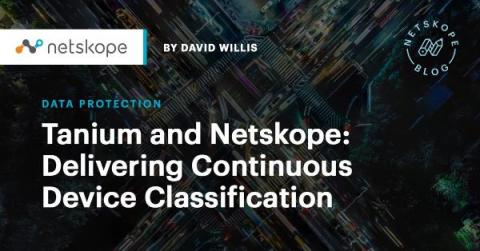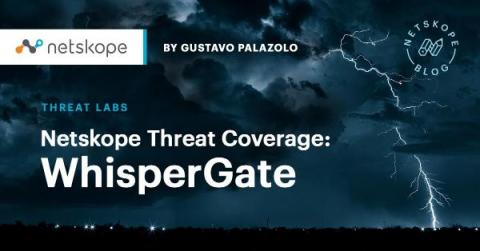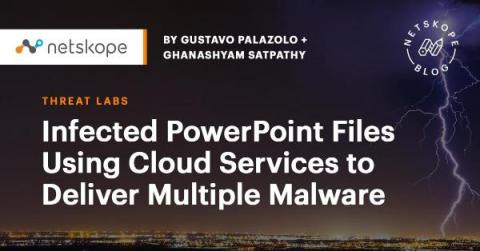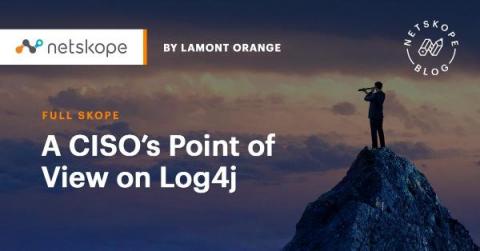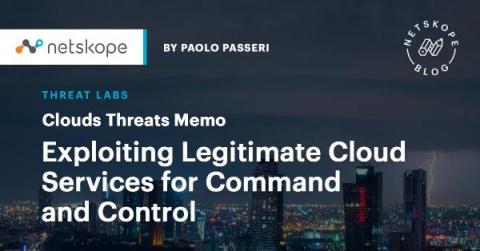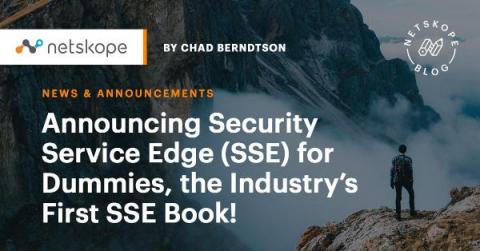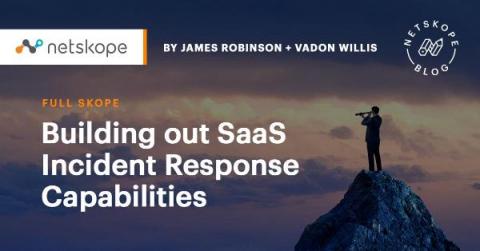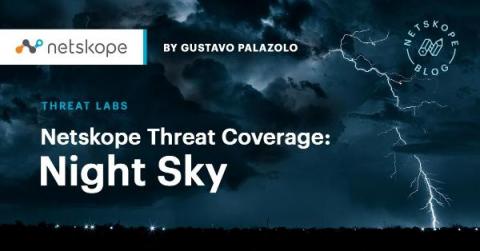Tanium and Netskope: Delivering Continuous Device Classification
Netskope is a leading provider of cloud security with its security service edge, single-pass architecture. Using clients to steer traffic to the Internet through the Netskope Security Cloud means that customers can securely enable data moving into and out of the distributed corporate environment. But this traffic has to originate from an endpoint—and endpoints can be compromised. How do organizations know whether SaaS traffic originating from an endpoint is potentially compromised or at risk?


